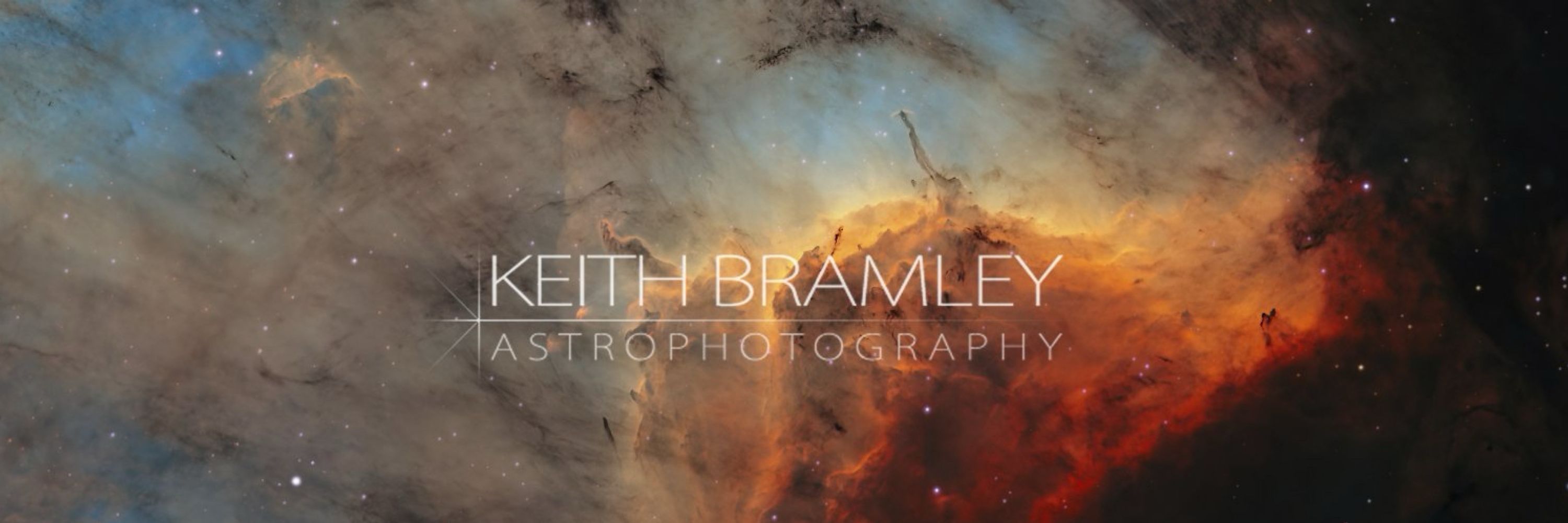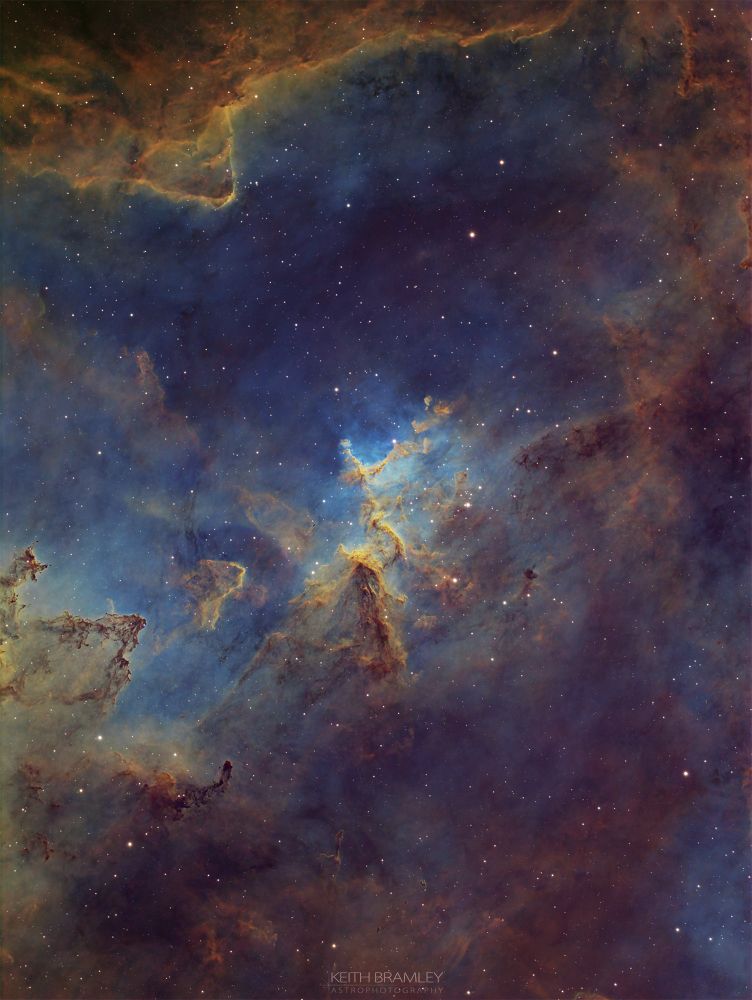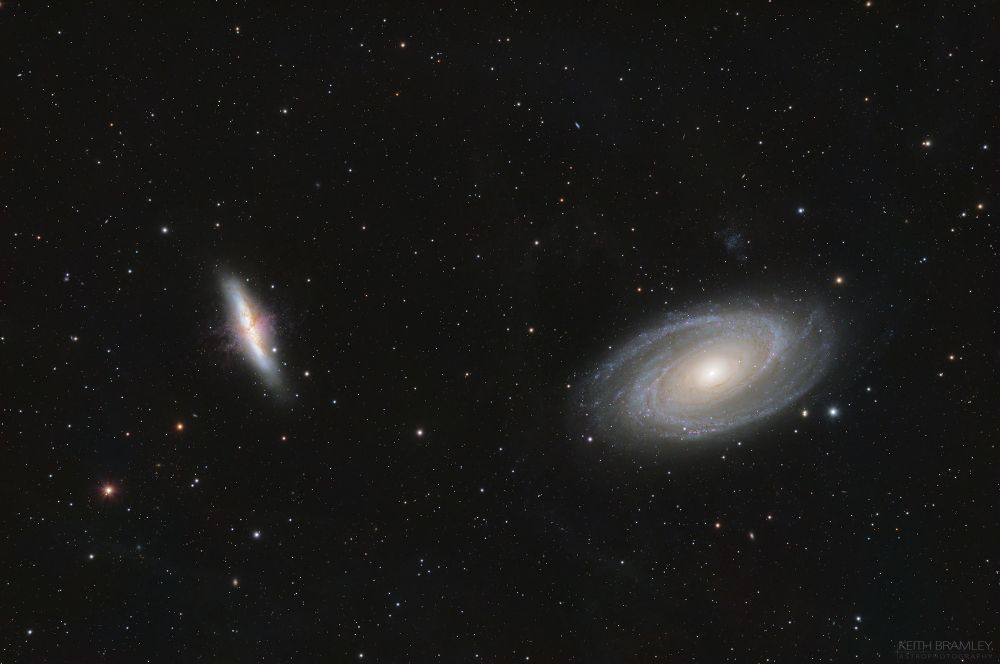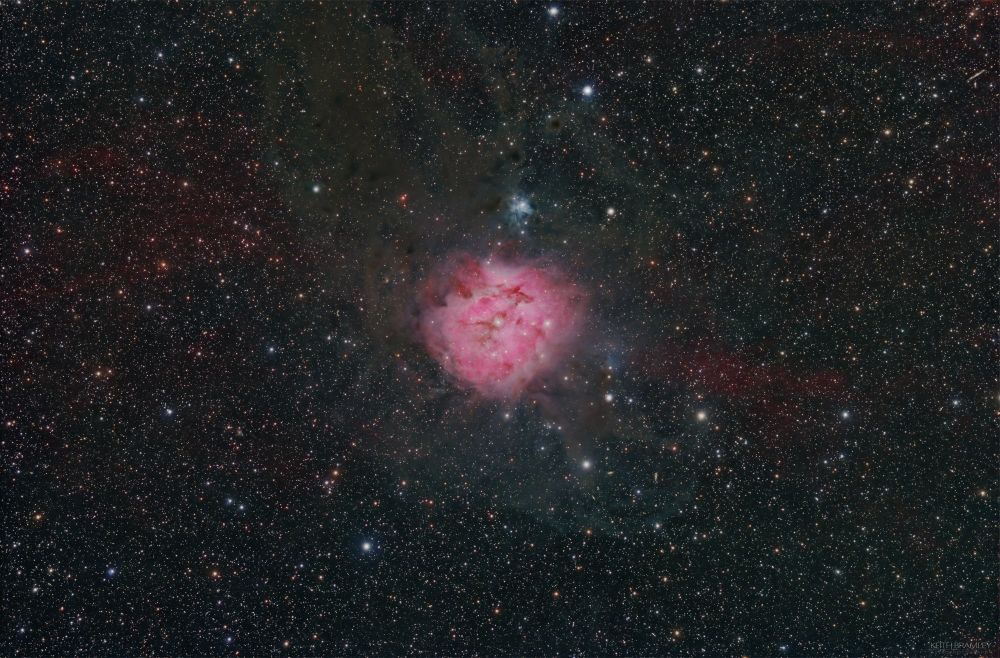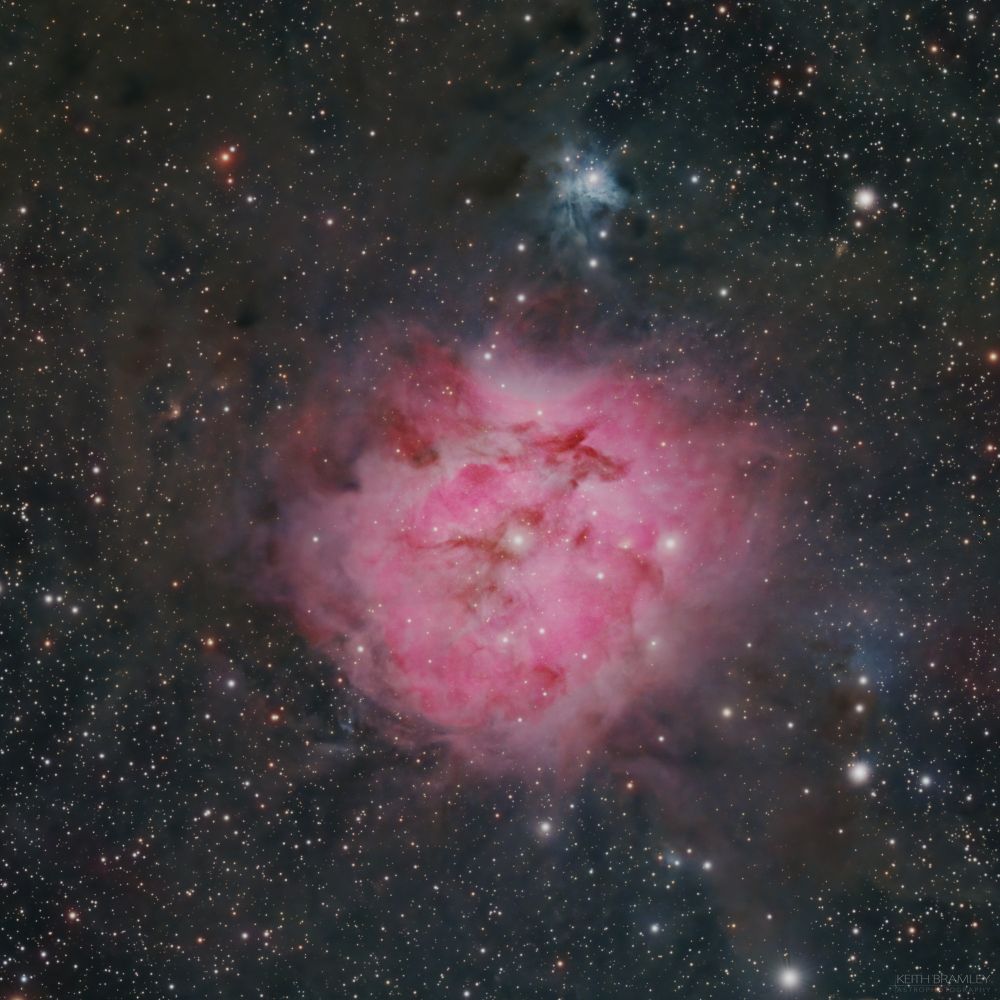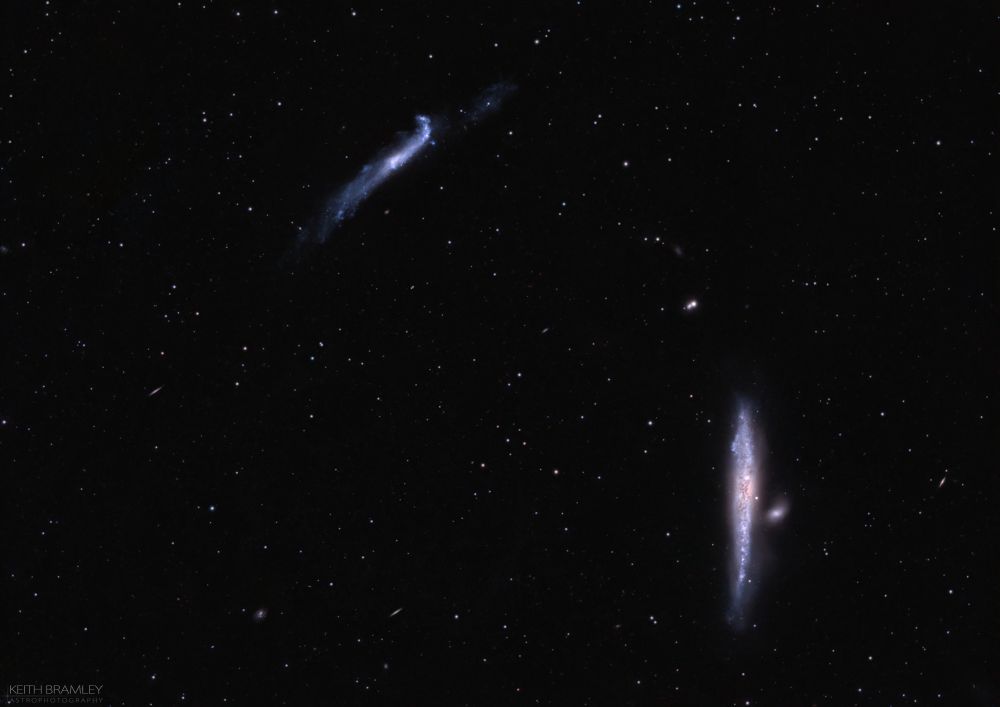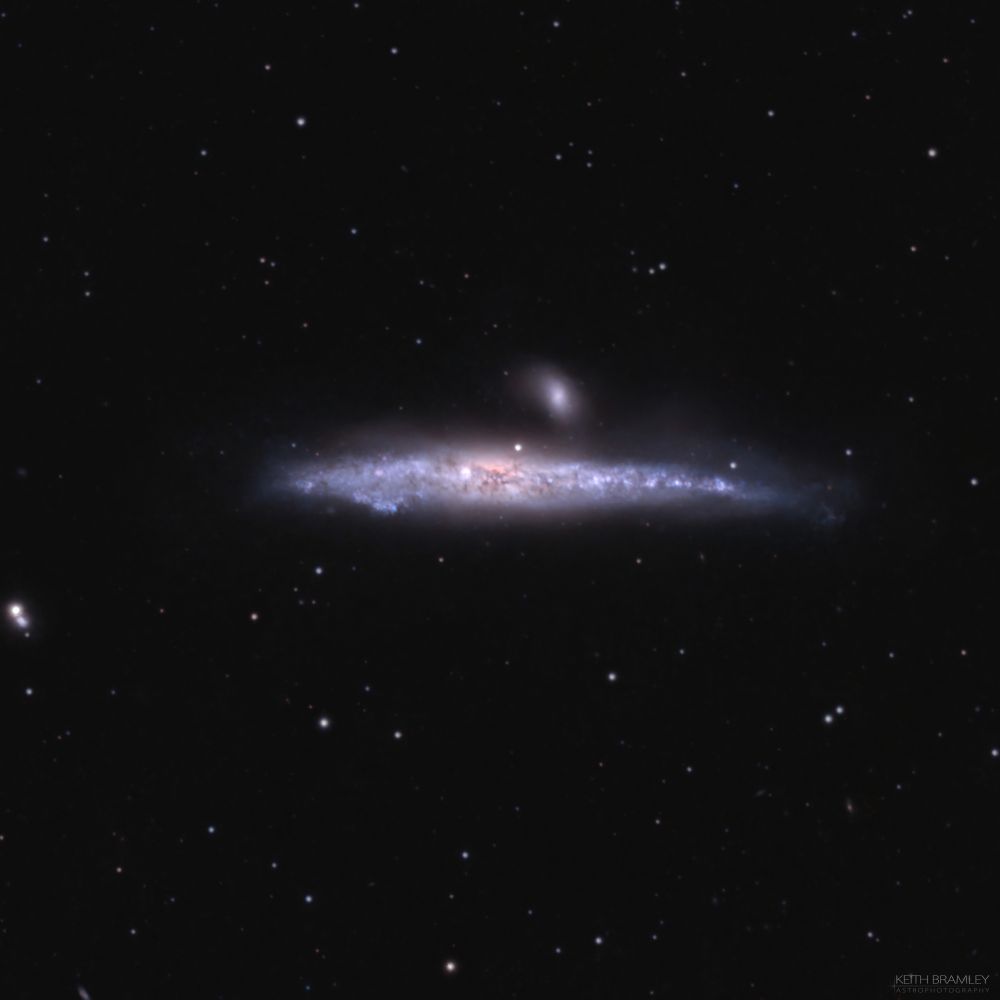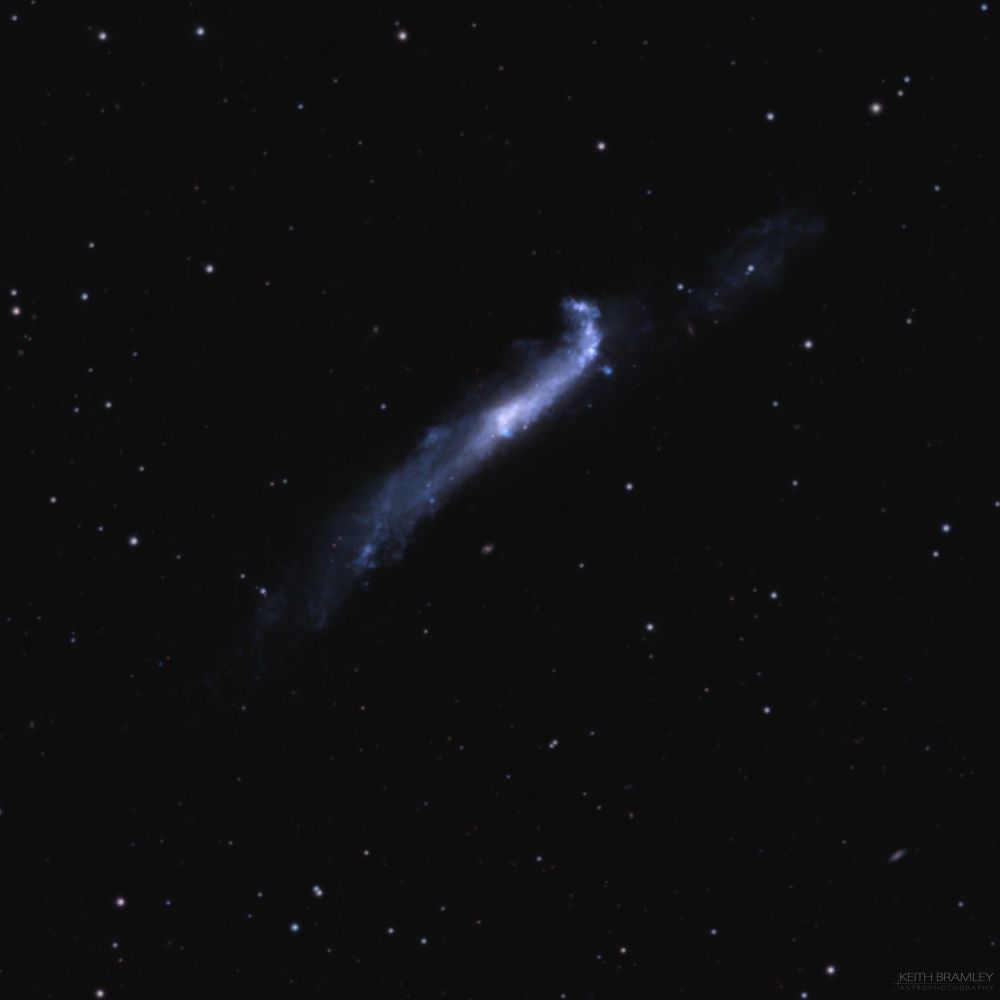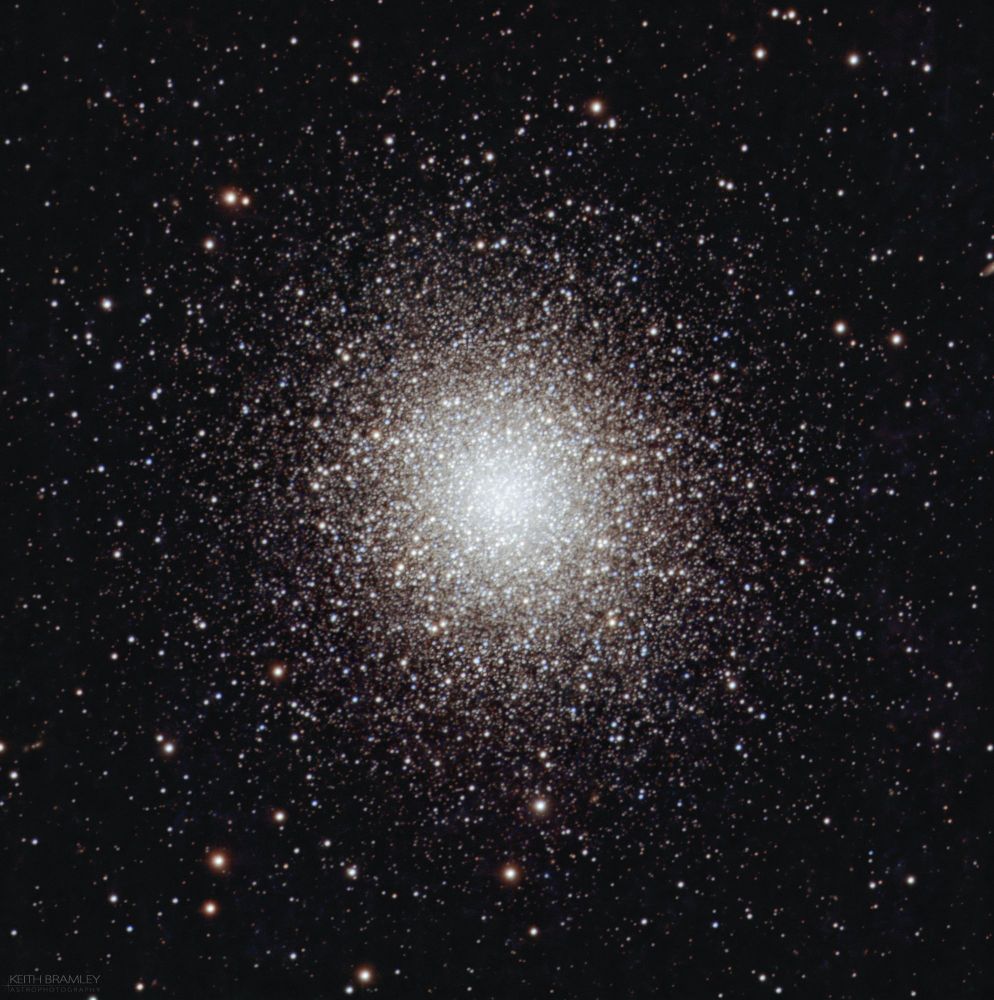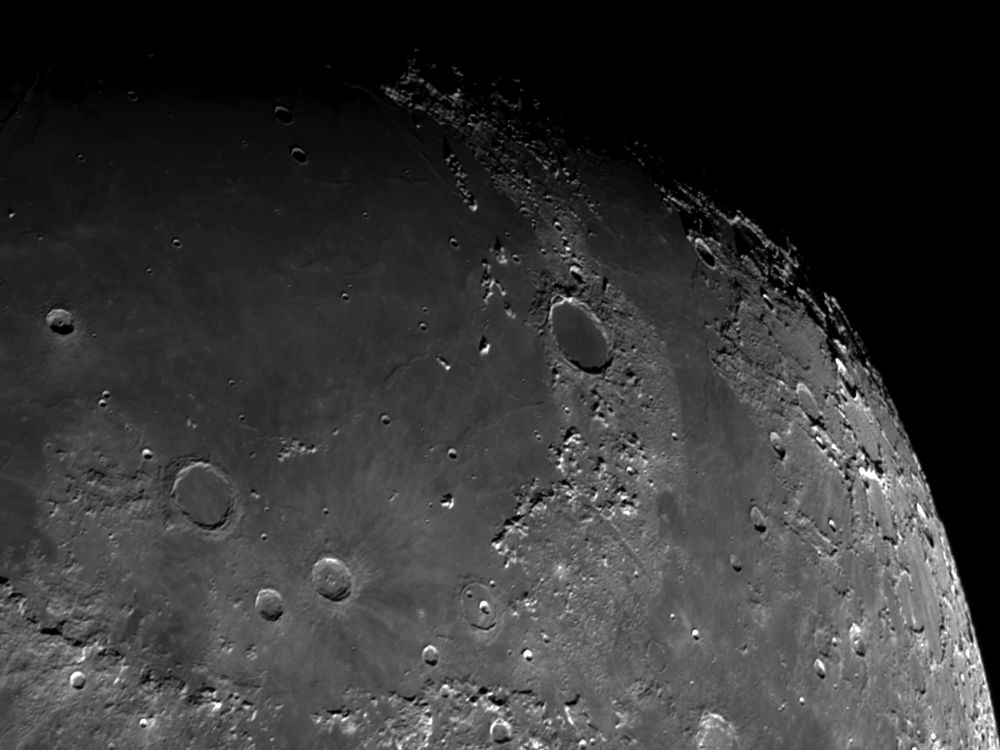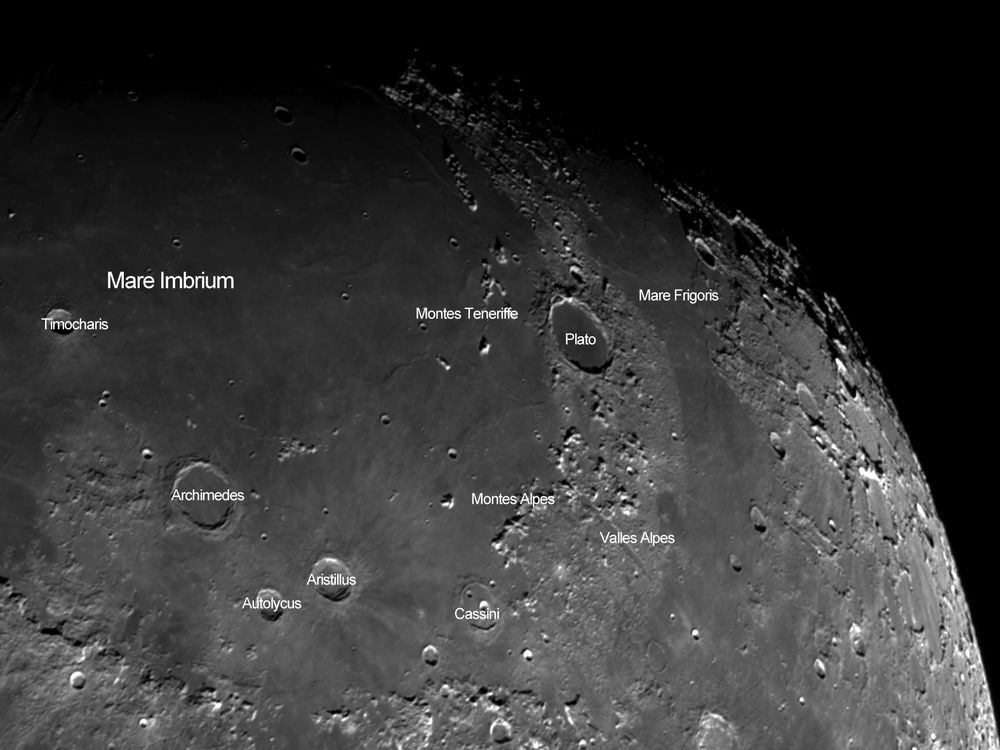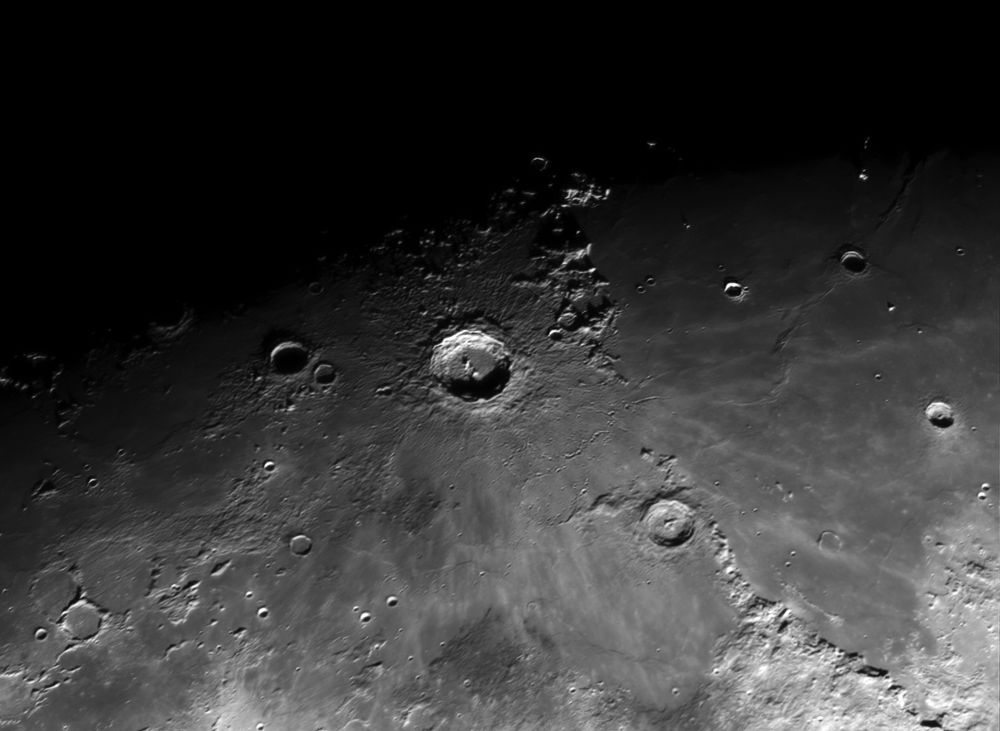Keith Bramley
@keefbram.bsky.social
1.2K followers
580 following
320 posts
Astrophotographer and Electromagnetics Engineer. Interested in Astronomy, Technology, Astrophotography and Space Flight 🔭 📷 🚀
Posts
Media
Videos
Starter Packs
Pinned
Keith Bramley
@keefbram.bsky.social
· Apr 11
Keith Bramley
@keefbram.bsky.social
· Apr 10
Keith Bramley
@keefbram.bsky.social
· Apr 10
Keith Bramley
@keefbram.bsky.social
· Apr 10
Keith Bramley
@keefbram.bsky.social
· Apr 10
Keith Bramley
@keefbram.bsky.social
· Apr 10
Keith Bramley
@keefbram.bsky.social
· Apr 10
Keith Bramley
@keefbram.bsky.social
· Apr 9
Keith Bramley
@keefbram.bsky.social
· Apr 9
Keith Bramley
@keefbram.bsky.social
· Apr 6
